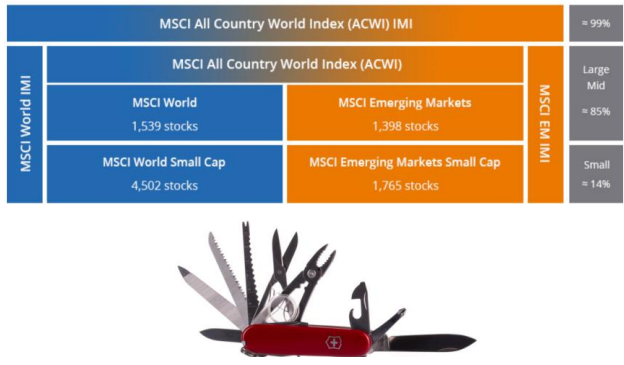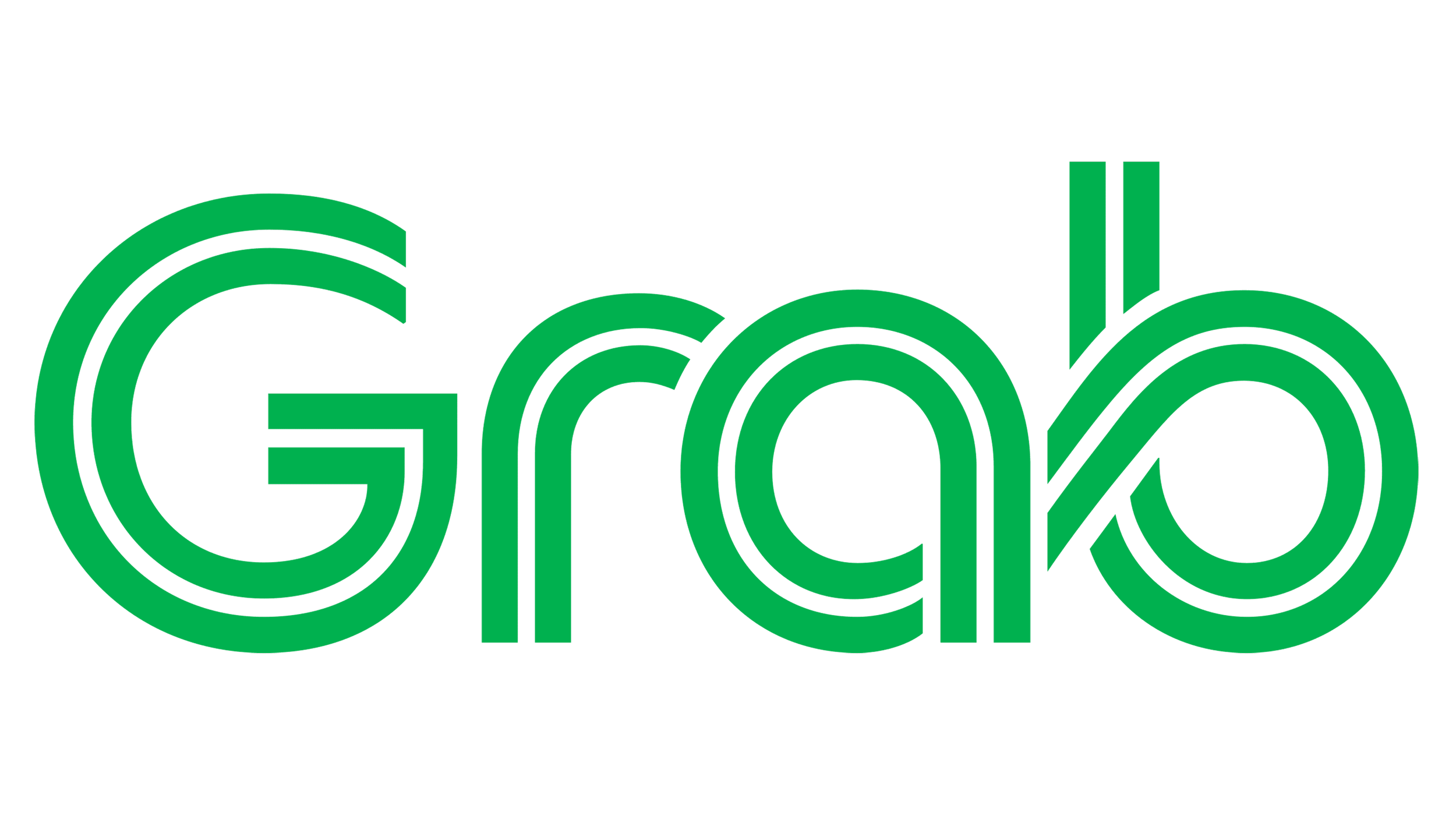One Billion People
Joining the Middle Class by 2030
Asia’s Future is Now
‘In the 19th Century, the world was
Europeanized.
In the 20th Century, it was
Americanized.
In the 21st Century, the world is being
ASIANIZED.’
‘ASEAN should rise up on
the agenda of investors.’
‘An INDIAN summer is coming,
and it will last half a century.’
The Opportunity: India + ASEAN = High Growth
Local markets have often failed to live up to their potential given high GDP growth.
“Nobody goes to the store to buy a Swiss Army knife. It's something you get for Christmas.”
Jensen Huang, Founder Nvidia


















